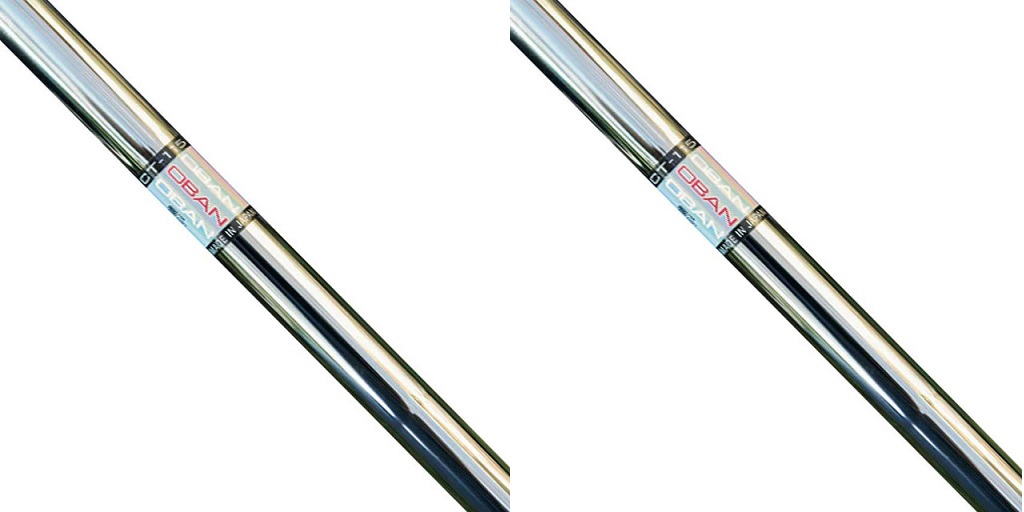
Unlike in the corner of the industry that deals with driver shafts, you still have your choice of material in iron shafts. While pretty much all modern driver shafts are graphite shafts, there are still both steel and graphite iron shafts available from leading manufacturers.
But which is for you? This post may help.
The Thing About Irons
The thing about irons is that they are, generally, much more specialized than drivers. That’s why you might only have a driver or two and a whole bunch of irons or wedges.
Irons are all about your short game, making precision, more than power and range, critical. How they interact with the turf, what sort of launch and spin they produce, these are vital to the performance of the iron.
Therefore, the shaft you choose is as important with an iron as it is with a driver, even though it’s easier to be impressed at the power of a strong drive than it is to be impressed by the precise placement of a player’s short game.
That being said, you’ll have to decide between either steel or graphite iron shafts. Here’s what to know.
Steel Iron Shafts
Steel iron shafts are the traditional standard. They are heavier, stronger, more durable, and longer-lasting than graphite iron shafts. They also are a lot more affordable and, for what it’s worth, are the traditional option.
Until the modern era, all golf shafts for irons were made of steel. It is extremely rigid, very strong, and though it can technically rust, is pretty low on maintenance requirements. Steel shafts for irons are also not prone to damage and you can abuse them pretty bad without really harming the shaft.
The other thing is that steel iron shafts are as stiff as the stiffest graphite iron shafts, which some players prefer. There is also the fact that, being heavier, they feel more stable and more predictable in the hand.
It is also true that they are generally more affordable than graphite iron shafts, which some players appreciate. In some cases they are a small fraction of the cost of modern graphite iron shafts.
The bottom line is this: if you’re price sensitive, or want a tough, no-nonsense, super-stiff iron shaft, go with steel.
Graphite Iron Shafts
In the modern era, there are graphite iron shafts that serve as an alternative to steel. There are a few things that are appealing about graphite iron shafts besides the low cost.
One is that they are a lot lighter than steel iron shafts. They also feel more active to some players, as steel can feel unresponsive or dead as a result of its stiffness and density.
But, the real thing that attracts some players to graphite iron shafts is that they can be engineered to be either very stiff or very flexible, to suit the needs of the player. This gives graphite shafts an unparalleled ability to produce custom launch and spin profiles, especially on the more flexible end of the spectrum.
Ultimately, if you can’t find what you’re looking for in a steel iron shaft, then you should consider graphite, as long as you are willing to accept the much higher price point. If not, steel shafts will work just fine for you, just as they do for most golfers.
Working with a Fitter
Not sure whether steel or iron is right for you? Get in touch with a fitter. You likely don’t even need fitting services; just let them know why you’re considering graphite and they should be able to tell you, based on your criteria, whether steel or graphite is better for you, all things considered. That should help make the decision easier.


